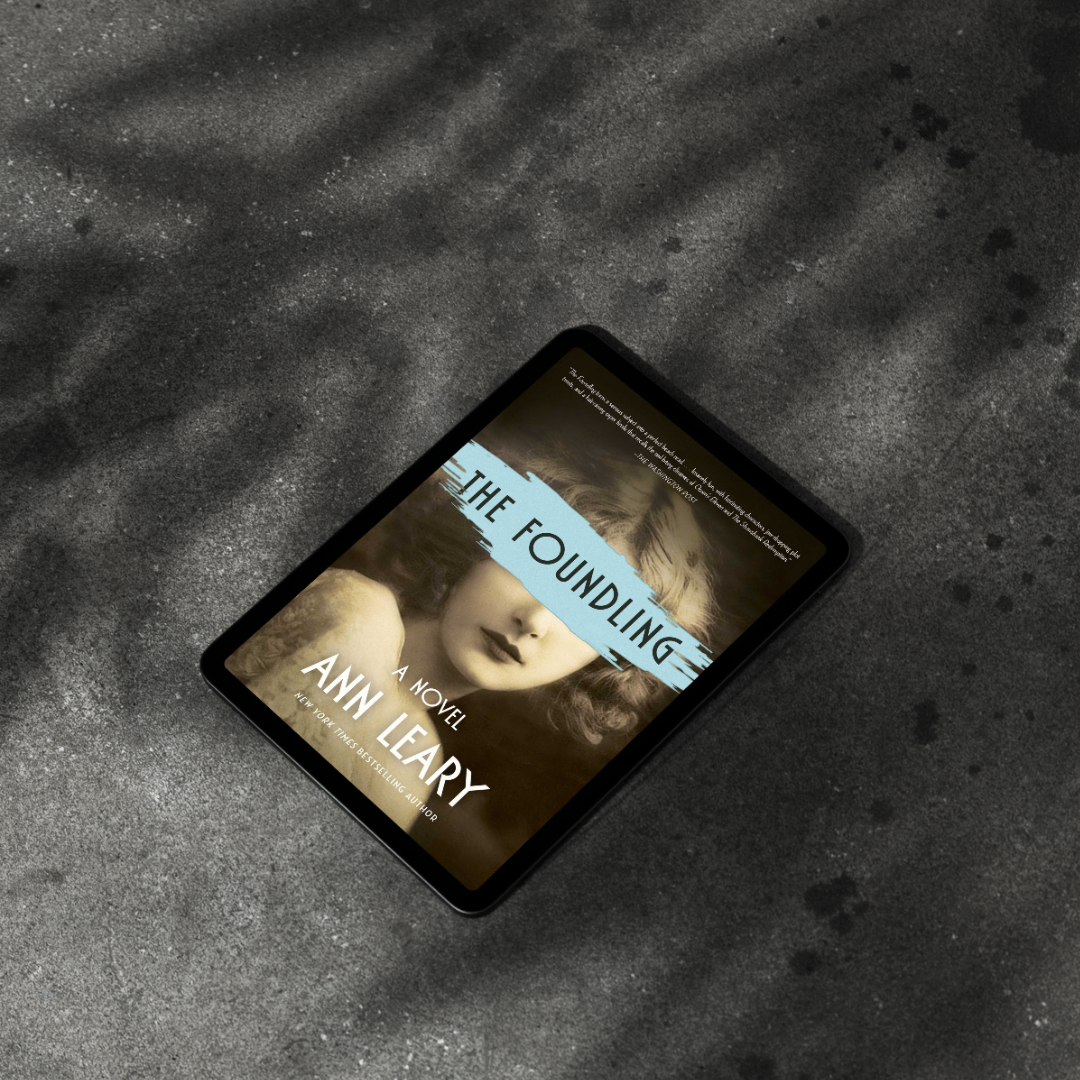Ann Leary’s haunting novel, “The Foundling,” took me on a chilling journey through a forgotten chapter of American history. Inspired by a true story, the narrative unfolds in 1927 and centers on Mary, a young woman who finds employment as a secretary at The Nettleton State Village for Feeble Minded Women of Child Bearing Age—yes, it’s a mouthful. As Mary navigates the unsettling atmosphere of the asylum, she encounters a former friend, Lillian, who harbours a shocking secret and begs for Mary’s help. Leary masterfully weaves a tale of suspense and social commentary, leaving the reader to grapple with the disturbing legacy of eugenics in the United States.
The very name of the institution—”The Nettleton State Village for Feeble Minded Women of Child Bearing Age”—functions as a historical cudgel. While such terminology was commonplace in the early 20th century, reflecting the eugenics movement’s warped vision of societal betterment through selective breeding, it now grates with its inherent prejudice. Women deemed unfit for motherhood are subjected to psychological manipulation, their experiences a stark illustration of the dehumanising practices and ideology that fuelled this dark novel.
Mary Engle, the protagonist of Ann Leary’s “The Foundling,” emerges as a compelling anchor in this unsettling narrative. When Mary first walks through the gates of Nettleton, she has no idea she’s entering a place where eugenics is used to justify cruelty. Unaware that she’s stepping into a realm dominated by the twisted science of eugenics, Mary starts her journey at the Nettleton State Village for Feeble Minded Women of Child Bearing Age with a mix of naivety and hope. But as she entrenches herself deeper into this world, she’s forced to confront the chilling reality of eugenics, which seeks to control who gets to have children under the guise of societal improvement. As Mary becomes more aware of the dark motives behind the institution, she grapples with the brutal truth of how eugenics strips away human dignity.
In the frosty corridors of Nettleton, amidst the clinical atmosphere, Mary’s reunion with Lillian is fraught with tension and uncertainty. Despite their shared history from an orphanage, Mary grapples with a warning that casts a shadow of doubt over their reconnection. The weight of potential stigma hangs heavy in the air, as Mary hesitates to acknowledge their past acquaintance, fearing guilt by association with Lillian’s troubled reputation.
Secrets are the heartbeat of “The Foundling,” pulsing with suspense and intrigue. Lillian’s hidden past and the murky depths of Nettleton’s secrets drive the narrative forward, each revelation sending shockwaves through the characters and readers alike. As the characters navigate the tightrope between resistance and compliance, Mary’s inner turmoil reaches new heights. On one hand, her loyalty to Lillian, her childhood friend from the orphanage, tugs at her heartstrings, urging her to stand by her side despite the risks. Yet, looming over her like a dark cloud is the looming shadow of her boss, the very person who secured her college scholarship but harbours sinister intentions beneath a veneer of benevolence. Caught between the devil and the deep blue sea, Mary grapples with the weight of her indebtedness to her boss, knowing that any misstep could jeopardise her future. Yet, as she witnesses firsthand the injustices and cruelties perpetrated under the guise of authority, her moral compass points her towards a path of defiance and resistance.
It’s a dilemma that strikes close to home, so much so that I found myself discussing it over lunch with my teenager, seeking his perspective on what he would do if he were in Mary’s shoes. As I recounted Mary’s predicament to him, I felt the weight of obligations and the allure of self-interest tugging at the threads of my conscience. What does it mean to do the right thing? In a world where shades of grey often obscure the stark contrast between right and wrong, navigating the moral landscape can feel like traversing a treacherous terrain, fraught with pitfalls and uncertainties. In our conversation, we both acknowledged the seductive simplicity of the grey—the ease of blending into the shadows, avoiding the harsh glare of moral scrutiny. Yet, as we explored Mary’s journey, we found ourselves drawn to the uncomfortable truth—that the righteous path was riddled with danger. It was a path fraught with risk and uncertainty, where standing up for what is just often meant facing formidable foes and enduring daunting challenges. In Mary’s struggle, we found a beautiful reminder that while the righteous path may be fraught with peril, it is ultimately the path that leads to growth, integrity, and a sense of purpose.
In “The Foundling,” Ann Leary masterfully combines a gripping narrative with profound themes and rich reflections. Through Mary’s eyes, we are drawn into a world of power and oppression, friendship and loyalty, secrecy and revelation. Leary’s storytelling captivates and engages, leaving a deep, lasting impact as we reflect on this dark chapter of history and its echoes in our own time. “The Foundling” is a poignant reminder of the enduring importance of compassion, justice, and human connection in overcoming the shadows of the past.
